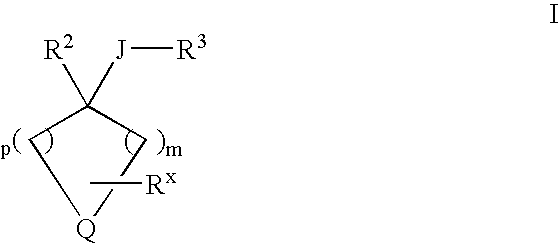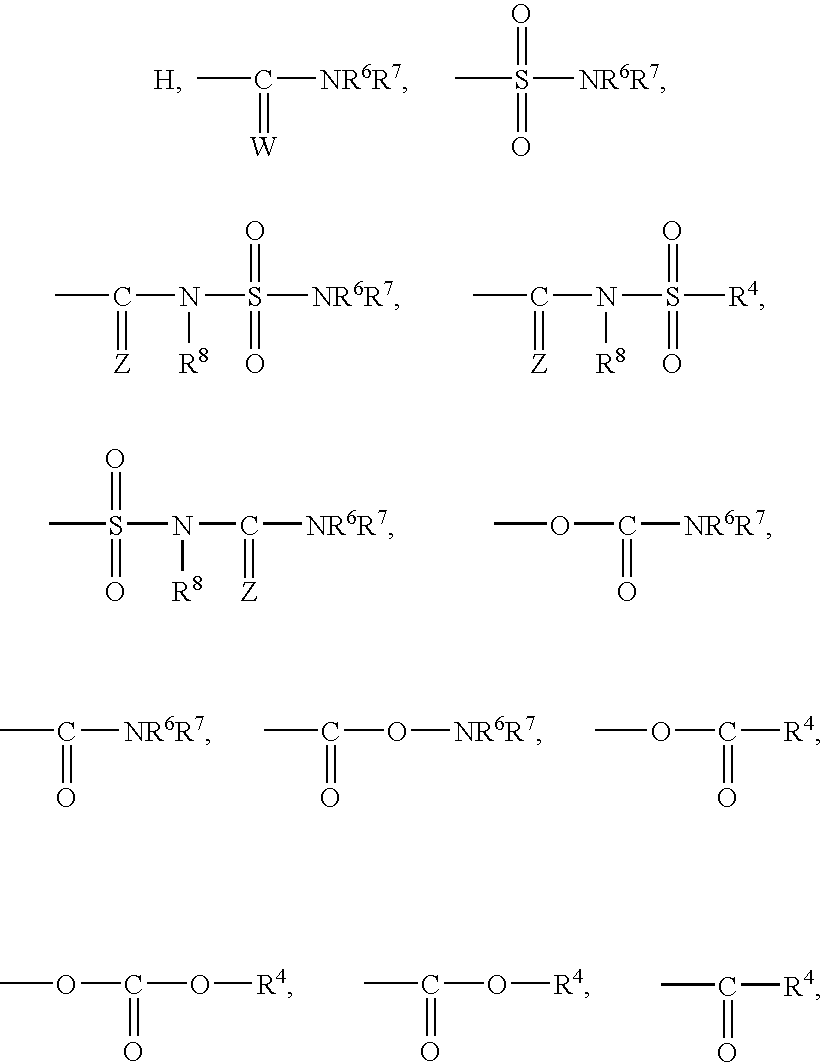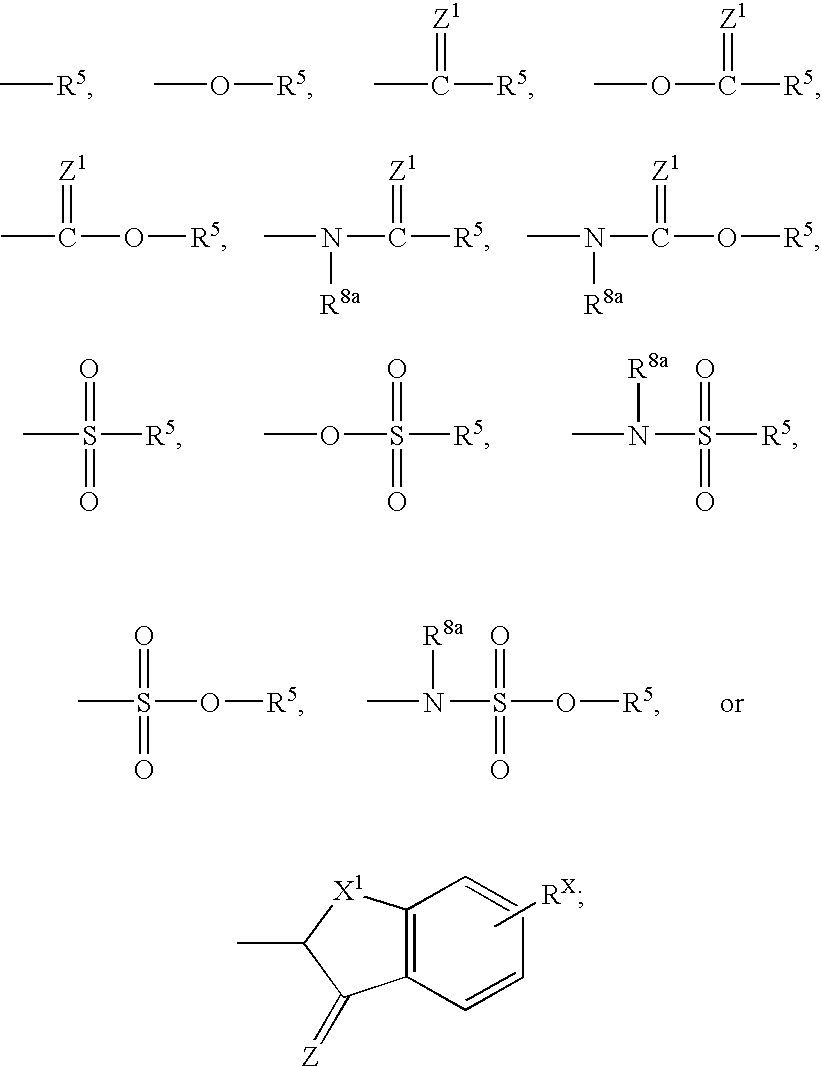Heterocyclo inhibitors of potassium channel function
a potassium channel and cycloheterocycloheterocycloheterocycloheterocycloheterocycloheterocycloheterocycloheterocycloheterocycloheterocycloheterocycloheterocycloheterocycloheterocycloheterocycloheterocycloheterocycloheterocycloheterocycloheterocycloheterocycloheh
- Summary
- Abstract
- Description
- Claims
- Application Information
AI Technical Summary
Benefits of technology
Problems solved by technology
Method used
Image
Examples
example 1
[0183]
[0184]2-Methoxy-N-(4-thiophen-2-yl-piperidin-4-ylmethyl)-benzamide
[0185]Compound 1: Compound 1 is commercially available.
[0186]Compound 2: Compound 1 (20 g, 0.11 mol) was suspended in 200 mL dichloromethane. Benzoylchloride (17 mL, 0.14 mol) was added. At 0° C. TEA (42 mL, 0.30 mol) in dichloromethane (10 mL) was added slowly to the reaction mixture. The reaction mixture was stirred at room temperature for 14 h, diluted with Ethyl acetate (500 mL), washed with saturated NaHCO3 (2×250 mL), 1N HCl (2×250 mL), dried over MgSO4, filtered and concentrated. The residue was purified by silica gel chromatography using Hexanes / Ethyl acetate (4 / 1, 1 / 1) as eluent to give an orange oil compound 2, 25.85 g (94% yield).
[0187]Compound 3: NaH (6.0 g, 0.25 mol) was suspended in DMF (100 mL). At 0° C. 2-thiopheneacetonitrile (7.5 g, 0.061 mol) was added followed by the addition of compound 2 (12 g, 0.048 mol) in 100 mL DMF. The reaction was stirred at 0° C. for 0.5 h and then at ambient temper...
example 2
[0191]
4-[(2-Methoxy-benzoylamino)-methyl]-4-thiophen-2-yl-piperidine-1-carboxylic acid ethyl ester
[0192]
[0193]Compound 1: Compound 1 was prepared using methodology described in Example 1.
[0194]Compound 2: Compound 1 (14 mg, 0.043 mmol) was dissolved in dichloromethane (0.20 mL). At ambient temperature TEA (12 uL, 0.086 mmol) was added followed by the addition of ethyl chloroformate (4.90 mg, 0.045 mmol) in dichloromethane (0.10 mL). The reaction mixture was stirred for 2.5 h and then concentrated. 4-[(2-Methoxy-benzoylamino)-methyl]-4-thiophen-2-yl-piperidine-1-carboxylic acid ethyl ester 2 (13.7 mg, 79% yield) was isolated by Prep-HPLC as a colorless oil. HPLC Rt 3.43 min, Purity 100%, YMC S5 column 4.6×50 mm, 4 min gradient 0 to 100% MeOH (90% in water, 0.2% PPA) UV detection at 220 nm.
[0195]LCMS Rt 1.78 min, [M+1] 403.17 YMC S5 column 4.6×30 mm, 2 min gradient 0 to 100% MeOH (90% in water, 0.1% TFA) UV detection at 220 nm. NMR H (CDCl3) 1.18 ppm, 3H, t, J=7.1 Hz; 1.81-1.84 ppm, 2...
example 3
[0196]Example 3 was prepared using methodology described in Example 2.
[0197]
ExampleStructureName[M + 1]34-[(2-Methoxy-benzoylamino)-methyl]-4- thiophen-2-yl-piperidine-1-carboxylic acid tert-butyl ester430
PUM
| Property | Measurement | Unit |
|---|---|---|
| temperature | aaaaa | aaaaa |
| temperature | aaaaa | aaaaa |
| temperature | aaaaa | aaaaa |
Abstract
Description
Claims
Application Information
 Login to View More
Login to View More - R&D
- Intellectual Property
- Life Sciences
- Materials
- Tech Scout
- Unparalleled Data Quality
- Higher Quality Content
- 60% Fewer Hallucinations
Browse by: Latest US Patents, China's latest patents, Technical Efficacy Thesaurus, Application Domain, Technology Topic, Popular Technical Reports.
© 2025 PatSnap. All rights reserved.Legal|Privacy policy|Modern Slavery Act Transparency Statement|Sitemap|About US| Contact US: help@patsnap.com



